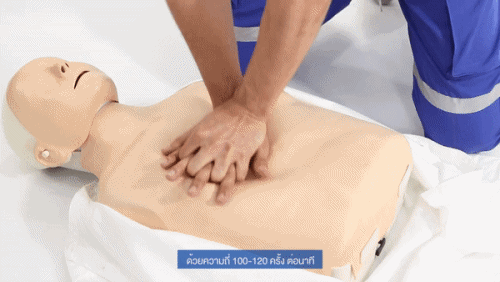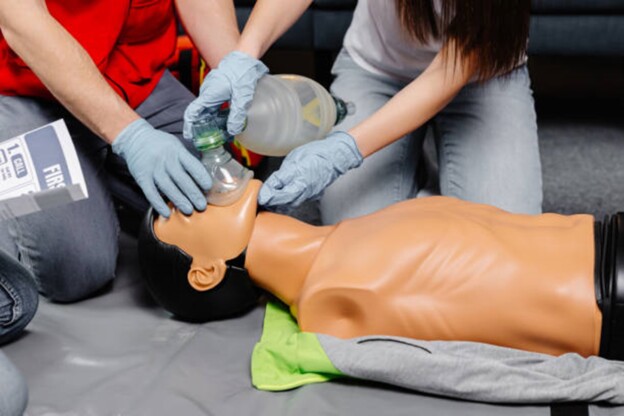by abbacpr@2025
Share

Would you know what to do in an emergency?
Knowing when and how to perform CPR can be the difference between life and death. Cardiac arrest can happen anywhere, at any time, and quick action is crucial to keeping oxygen flowing to the brain and vital organs.
This guide will help you recognize when CPR is needed and provide key tips to act fast when every second counts.
Recognizing the Signs: When is CPR Needed?
Before taking action, it’s important to know when CPR (Cardiopulmonary Resuscitation) is necessary. The most common reason for CPR is when someone’s heart has stopped beating effectively.
Here are the key signs to look for:
- Unconsciousness
- 📌 If a person collapses and is unresponsive, this is a critical indicator.
- ✔ Shake their shoulder and shout their name to check for responsiveness.
- No Breathing or Abnormal Breathing
- 📌 If the person isn’t breathing or is only gasping (agonal breathing), immediate action is required.
- ✔ Gasping is NOT normal breathing and should be treated as an emergency.
- No Pulse (For trained individuals)
- 📌 If you’re trained to check for a pulse and cannot find one, CPR is needed right away.
Acting Fast: What You Need to Do
Once you’ve determined CPR is necessary, follow these steps to give the person the best chance of survival.
- Call for Help 📞
- 🚨 The first thing you should do is call 911 or direct someone nearby to do so.
- ✔ The faster emergency services are alerted, the sooner they can arrive to help.
- Start Chest Compressions 💓
-
If the person is not breathing, start chest compressions immediately.
-
Place your hands one on top of the other in the center of their chest.
-
Push hard and fast, about 2 inches deep at a rate of 100-120 compressions per minute.
-
Think of the beat of “Stayin’ Alive” by the Bee Gees to maintain the correct rhythm.

-
- Rescue Breaths (If Trained) 💨
- If you’re CPR-certified and confident in giving rescue breaths:
- After 30 compressions, tilt the person’s head back and lift their chin.
- Pinch their nose and give 2 slow breaths, each lasting 1 second.
- Watch for chest rise to ensure proper airflow.
- Not comfortable giving rescue breaths? Hands-only CPR is still highly effective! Keep
doing compressions until help arrives.
- If you’re CPR-certified and confident in giving rescue breaths:
- Use an AED (If Available) ⚡
An Automated External Defibrillator (AED) can restart the heart if necessary. These are commonly found in public places like airports, gyms, and offices.
How to Use an AED:- ✔ Turn on the device and follow its voice instructions.
- ✔ Attach the electrode pads to the person’s chest.
- ✔ If advised, press the shock button and then continue CPR.
When to Stop CPR
- ✔ Emergency responders arrive and take over.
- ✔ The person regains consciousness and starts breathing normally.
- ✔ You become too exhausted to continue and no one else can help.
The Importance of Acting Quickly
The brain can survive only 4-6 minutes without oxygen before severe damage occurs. Every second counts!

